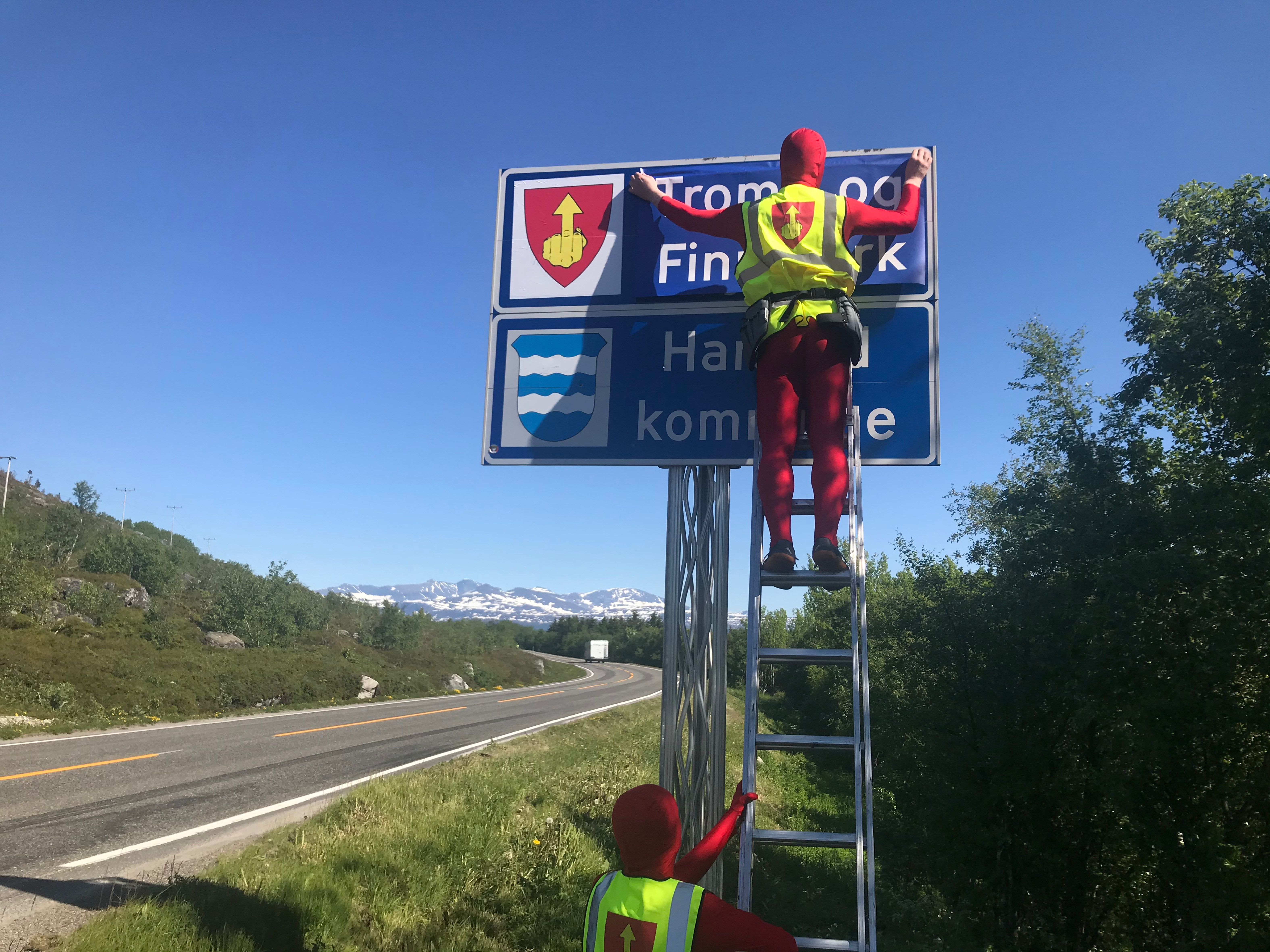Music in the Dark: Soundscapes in Christiane Ritter’s A Woman in The Polar Night
DOI:
https://doi.org/10.7557/13.5537Keywords:
Christiane Ritter, Sound, Music, Silence, SvalbardAbstract
In A Woman in the Polar Night (Eine Frau erlebt die Polarnacht, 1938), Christiane Ritter, a well-to-do Austrian housewife, describes her experience as the first central European woman to overwinter on Svalbard (1934–35). Ritter’s prose is extraordinary in its lyrical simplicity, and in German editions the text is interspersed with her paintings of the scenes that at first were so alien and changing, yet became so familiar and loved.
Although stationed on the north coast of Svalbard with minimal human contact and without any recourse to the music with which Ritter had been surrounded in Austria, A Woman in the Polar Night is a text that is full of references to sound, natural sounds that are heightened by the absence of human music. This article offers a multimodal reading of Ritter’s depictions of the soundscapes of Svalbard in her memoir and shows how, 30 years before John Cage made the art world do it for 4 minutes and 33 seconds, Christiane Ritter spent 12 months listening to silence, and responding to it in words and paintings. In addition, the paper will also consider the silence of the text: what is not presented, but left to the reader’s imagination.
References
Berg, Jan Martin. 2020. ‘Svalbard as a Motif and a Place of Artistic Exploration: Insights from an Art Gallery Director’. Nordlit 45: 175–191. https://doi.org/10.7557/13.5032.
Hauan, Marit Anne. Ed. 2007. Maskuliniteter i nord. Tromsø: Kvinnforsk.
Kotlveit, Bård. 2006. ‘“Deckchair Explorers”: The Origin and Development of Organised Tourist Voyages to Northern and Southern Polar Regions’. International Journal of Maritime History 18(2): 351–369. https://doi.org/10.1177/084387140601800217
Ritter, Christiane. 1938. Eine Frau erlebt die Polarnacht. Berlin: Deutscher Verlaug
Ritter, Christiane. 2010 [1954]. A Woman in the Polar Night. Trans. Jane Degras. Vancouver: Greystone.
Ritter, Christiane. 2019 [1954]. A Woman in the Polar Night. Trans. Jane Degras. London: Pushkin Press.
Ritter, Christiane. N.D. Watercolours housed at Svalbard Museum. DigitaltMuseum. digitaltmuseum.no/search/, accessed 15 February 2020.
Ryall, Anka. Forthcoming. Polare kvinner. Norsk polarhistorie i kjønnsperspektiv
Spring, Ulrike. 2020. ‘Cruise Tourists in Spitsbergen around 1900: Between Observation and Transformation’. Nordlit 45: 39–55. https://doi.org/10.7557/13.5026.









